Tarragon Artemisia Dracunculus Seeds
Tarragon Artemisia Dracunculus Seeds, particularly the French Tarragon, is a highly prized herb in culinary traditions for its distinctive, mildly sweet, anise-like flavor. It’s a perennial herb that grows well in warm, temperate climates and is often used to season a variety of dishes, including salads, sauces, and fish. However, only French Tarragon has the characteristic flavor, while Russian Tarragon (Artemisia dracunculoides) is less flavorful and more bitter.
If you’re looking to grow tarragon from seed, it’s important to note that French Tarragon is typically propagated from cuttings or divisions, not seeds, as it rarely produces viable seeds. Russian Tarragon, on the other hand, can be grown from seed but does not have the same culinary value.
Key Characteristics:
- Scientific Name: Artemisia dracunculus
- Common Names: Tarragon, French Tarragon, Estragon
- Family: Asteraceae (Daisy family)
- Type: Perennial herb (French Tarragon); Annual or perennial (Russian Tarragon)
Appearance of Tarragon Artemisia Dracunculus Seeds:
- Leaves:
- Tarragon has long, slender, and lance-shaped leaves that are dark green and aromatic when bruised.
- Size:
- French Tarragon typically grows up to 2-3 feet tall (60-90 cm), with a spread of about 12-18 inches (30-45 cm). Russian Tarragon can grow taller and larger.
Growing Conditions for Tarragon Artemisia Dracunculus Seeds:
- Light:
- Tarragon prefers full sun but can tolerate partial shade. It thrives in bright, sunny locations with at least 6-8 hours of sunlight a day.
- Soil:
- Tarragon grows best in well-draining soil with a pH range of 6.0-7.5. It prefers sandy or loamy soil with good drainage, as it doesn’t tolerate soggy conditions well. Poor soil quality can actually enhance its flavor.
- Watering:
- Water Tarragon moderately, allowing the soil to dry out between waterings. Overwatering can cause root rot, so it\’s important to ensure proper drainage.
- Temperature:
- French Tarragon prefers warm climates and is hardy in USDA zones 4-8. It thrives in temperatures between 60-75°F (15-24°C). Russian Tarragon can tolerate colder climates and is hardier than its French counterpart.
Care and Maintenance of Tarragon Artemisia Dracunculus Seeds:
- Fertilization:
- Tarragon generally does not require heavy fertilization. In fact, over-fertilizing can reduce the plant\’s flavor. If needed, a light application of compost or balanced organic fertilizer can be applied in early spring.
- Pruning:
- Regularly prune tarragon plants to encourage bushier growth and prevent legginess. Pinch back the tips of the stems to keep the plant compact. Pruning also helps prevent flowering, which can cause the leaves to become bitter.
- Pest Control:
- Tarragon is relatively pest-resistant but can occasionally suffer from aphids or spider mites. Treat any infestations with insecticidal soap or neem oil.
- Dividing French Tarragon:
- French Tarragon can be propagated by division in spring or fall. Dig up the plant, carefully separate the roots, and replant the divisions in well-draining soil. This is the best way to grow true French Tarragon.
Harvesting Tarragon:
- Timing:
- You can begin harvesting tarragon leaves once the plant is about 6 inches tall. It\’s best to harvest in the morning, after the dew has dried but before the heat of the day to preserve essential oils.
- Method:
- Snip the fresh leaves as needed, taking care not to remove more than one-third of the plant at a time. Frequent harvesting encourages more vigorous growth.
- Drying and Storing:
- Tarragon leaves can be dried, though they lose much of their flavor in the process. It\’s best used fresh, but you can freeze the leaves to preserve their flavor for later use.
Culinary Uses:
- Flavor Profile:
- French Tarragon has a delicate, slightly sweet flavor with hints of licorice or anise. It is a key ingredient in classic French cuisine, especially in herb mixtures like fines herbs and Bearnaise sauce.
- Uses:
- Herb Butters: Mixed into butter for flavorful herb spreads.
- Sauces: Used in creamy sauces, particularly for chicken, fish, and eggs.
- Salads: Adds a fresh herbal note to salads and dressings.
- Vinegars: Tarragon vinegar is popular for salad dressings and marinades.
Nutritional Benefits:
Tarragon contains several beneficial compounds, including:
- Antioxidants: Tarragon has antioxidant properties that help protect cells from oxidative stress.
- Vitamins and Minerals: It\’s a good source of vitamins A, C, and B6, as well as potassium, iron, and calcium.
Summary:
Tarragon, particularly French Tarragon, is a valuable herb for any herb garden. While French Tarragon is typically propagated by cuttings or divisions, Russian Tarragon can be grown from seeds but has a more muted flavor. Tarragon thrives in well-draining soil and full sun, making it easy to grow in home gardens. Its sweet, anise-like flavor makes it a staple in many culinary traditions, and it is best used fresh.

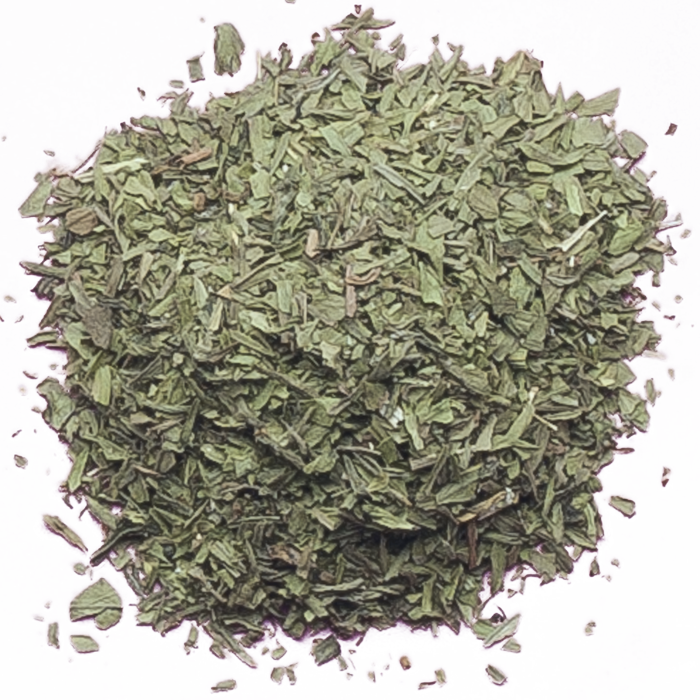
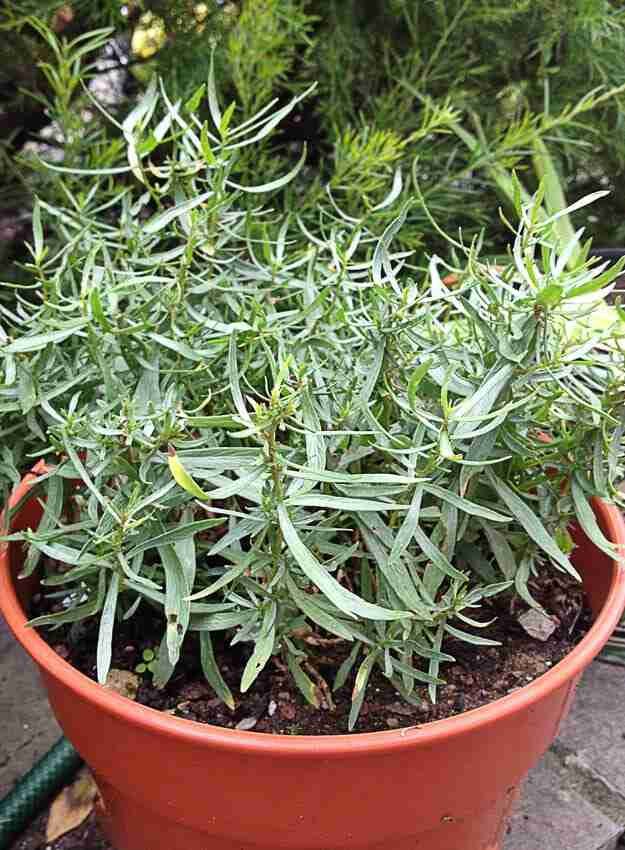
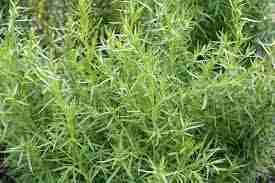
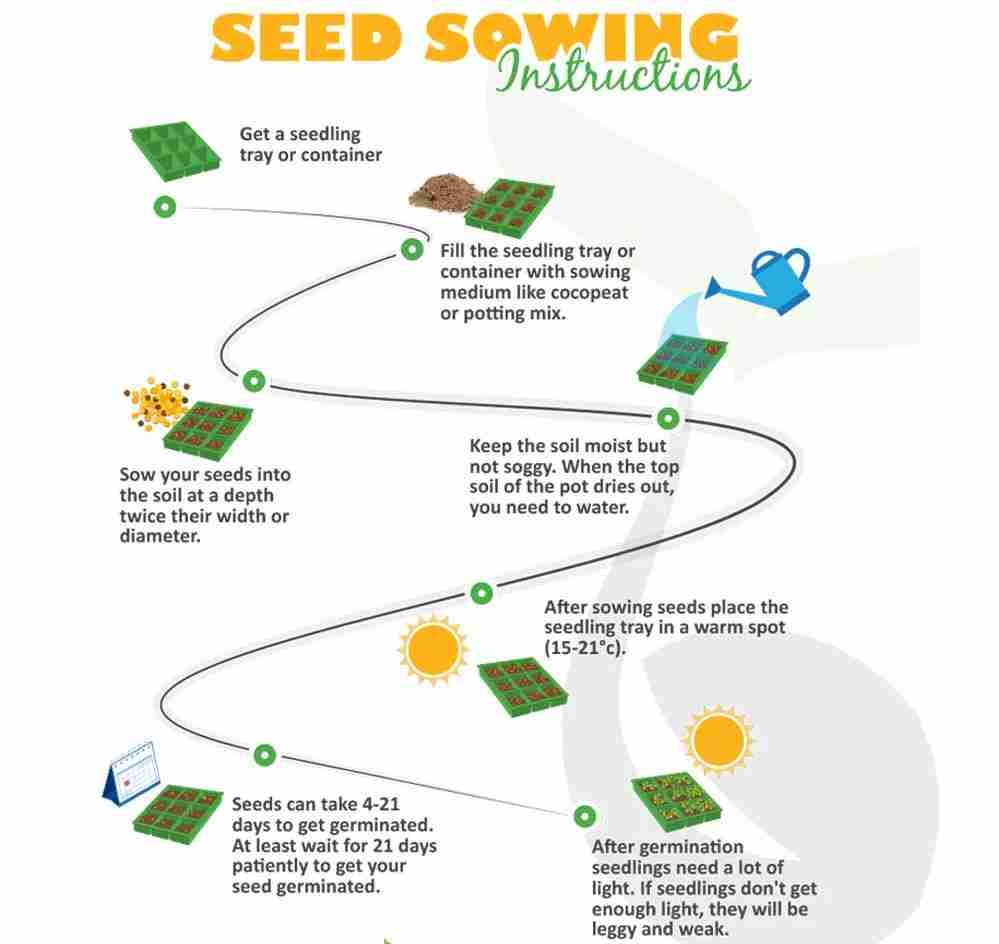
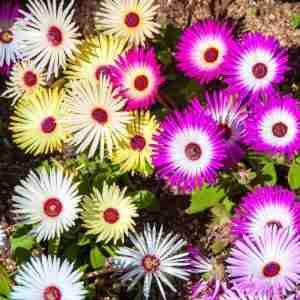
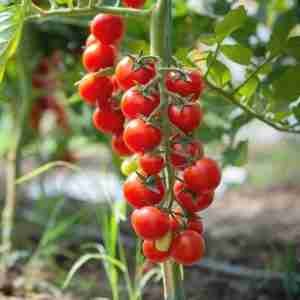

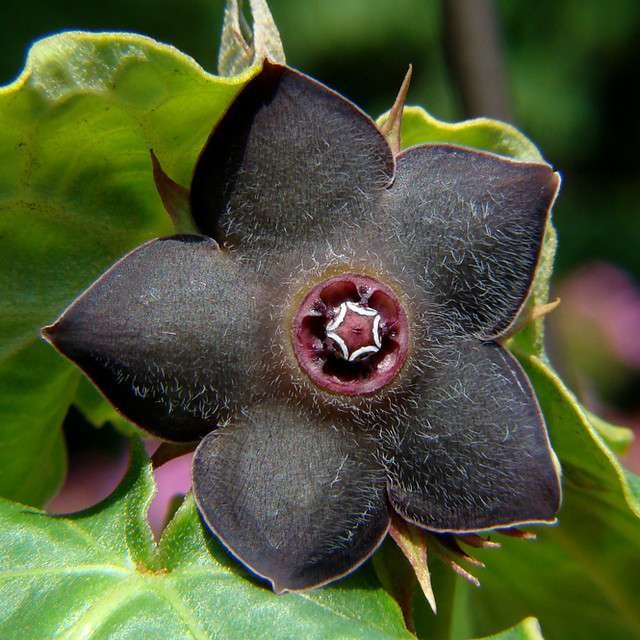
Reviews
There are no reviews yet.